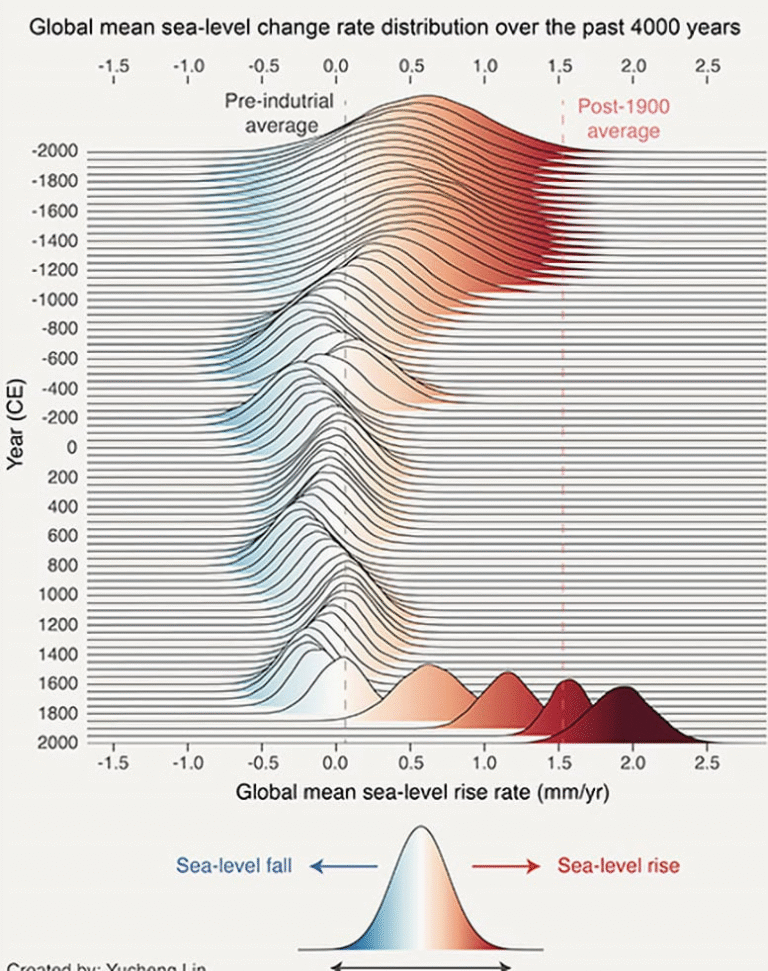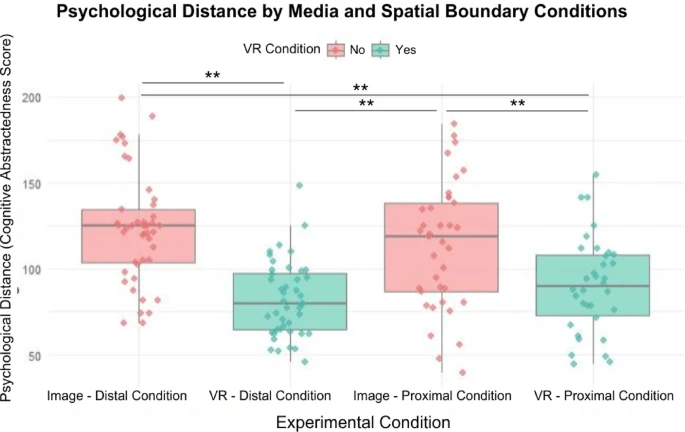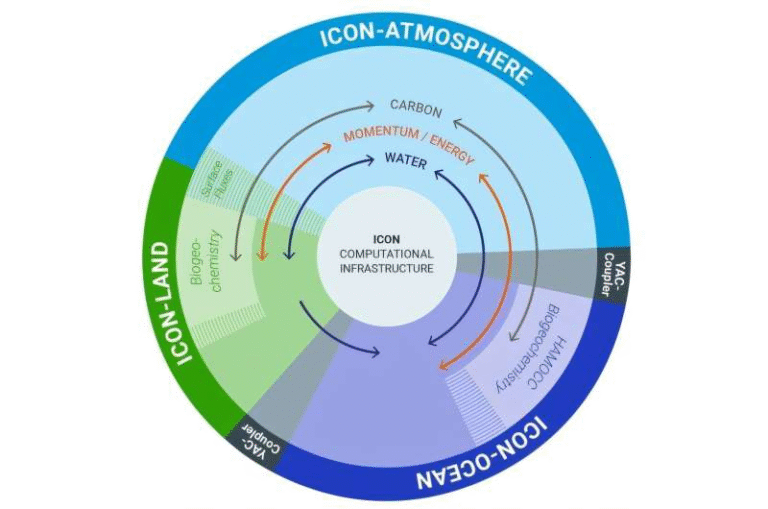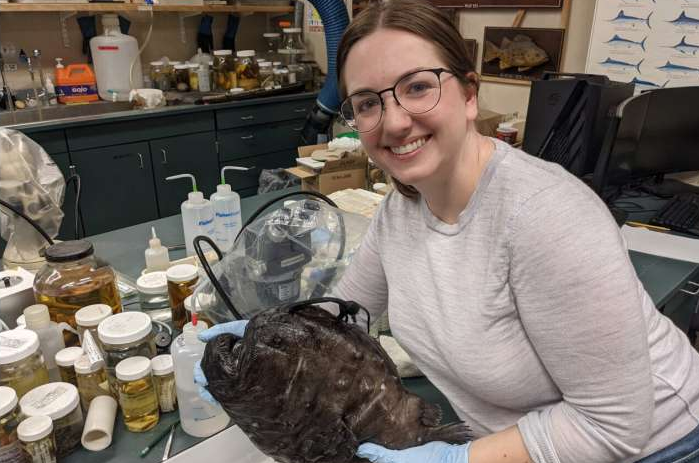Strange Mars Rocks May Hold Clues to Ancient Life
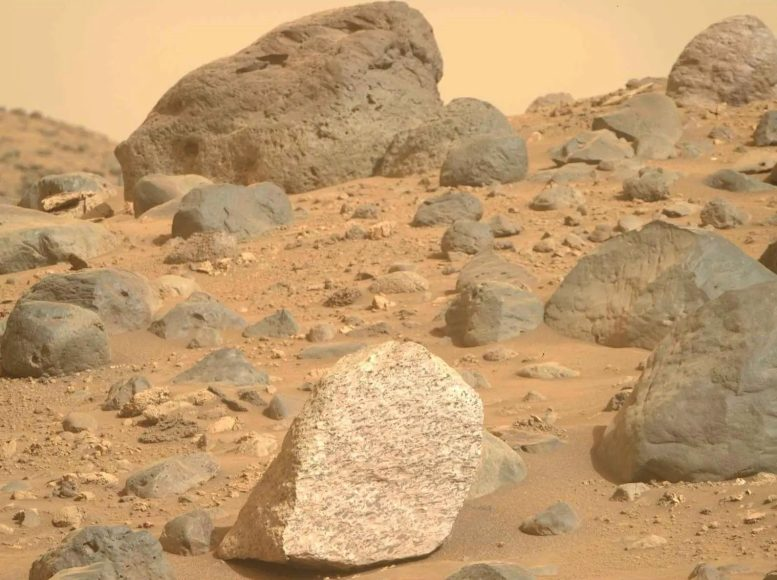
NASA’s Perseverance rover has delivered one of its most intriguing findings yet. While exploring the Bright Angel formation in Mars’ Jezero Crater, scientists detected unusual chemical and mineral patterns that could represent the strongest hints so far of ancient microbial activity on the Red Planet.
The discovery comes from a recent study published in Nature and led by researchers including Dr. Michael Tice, a geologist from Texas A&M University. The research team found that the rocks in Bright Angel contain a mixture of organic carbon, iron, sulfur, and phosphorus arranged in patterns very similar to processes typically driven by microbes here on Earth.
While this is not direct proof of life, the evidence is strong enough to classify these features as potential biosignatures—signals that require further investigation to determine if they were biological or purely chemical in origin.
Where Was This Found?
The discovery comes from a section of Jezero Crater known as the Bright Angel formation. The name is borrowed from Bright Angel Trail in the Grand Canyon, inspired by the pale-colored rocks found there. Bright Angel is located within the Neretva Vallis channel, which once carried water into the ancient crater lake.
The rocks analyzed are mainly mudstones, a fine-grained sedimentary rock made up of silt and clay. These mudstones and layered beds suggest they were deposited by flowing rivers and standing bodies of water more than three billion years ago. This watery environment makes Bright Angel an ideal location for scientists to search for past life.
What Makes These Rocks So Unusual?
When Perseverance began analyzing Bright Angel, scientists immediately noticed that the rocks looked strikingly different from other formations studied in Jezero.
Using its suite of instruments, including the SHERLOC spectrometer and PIXL X-ray analyzer, the rover detected:
- Organic carbon compounds
- Iron phosphates (likely the mineral vivianite)
- Iron sulfides (likely greigite)
- Evidence of phosphorus and sulfur cycling
These substances were not just scattered randomly. They were found in unique patterns, such as tiny nodules called “poppy seeds” and reaction fronts described as “leopard spots.” These structures are enriched with iron-phosphate and iron-sulfide minerals that typically form in low-temperature, water-rich environments.
On Earth, such formations are often linked to microbial activity. Microbes in sediments can interact with organic matter, iron, and sulfate in ways that produce similar mineral associations. The fact that these Martian rocks show such features makes them highly compelling candidates for ancient biosignatures.
The Role of Organic Carbon
One of the strongest signals came from a site within Bright Angel nicknamed Apollo Temple. Here, SHERLOC detected the G-band Raman spectral feature, a marker of organic carbon. This was found directly alongside vivianite and greigite, strengthening the case that the organic matter and the minerals formed together.
It’s important to stress that “organic” doesn’t automatically mean “biological.” Organic molecules are simply carbon-rich compounds, and they can be produced through non-living processes as well. On Mars, organic carbon has been detected before, sometimes originating from meteorites. But the particular combination found in Bright Angel—organic matter coupled with redox-sensitive minerals—raises the possibility that life could have played a role.
Possible Explanations
The research team outlined two main scenarios:
- Abiotic (Non-Biological) Reactions
- Chemical reactions between organic matter, iron, and sulfur without the involvement of life.
- Known geochemical processes can create similar features, but most require high temperatures to work.
- Biological Processes
- Microbial life influencing the reactions, similar to what happens in ancient sediments on Earth.
- Microbes could have consumed organic matter and used iron oxides or sulfates as “breathing” agents.
The challenge is that all rover-based evidence points to the rocks forming under low-temperature conditions, not the kind of heat-driven environments where abiotic reactions usually dominate. This makes the biological scenario harder to dismiss.
A Rock Sample Saved for Earth
Perseverance drilled into Bright Angel and collected a core sample called Sapphire Canyon, which is now sealed and stored aboard the rover. This is one of the priority samples for a potential future Mars Sample Return mission.
Bringing this rock back to Earth would be a game changer. In laboratories here, scientists could:
- Measure the isotopic composition of the organic matter.
- Map the fine-scale mineralogy with greater precision.
- Search for microfossils, if they exist.
- Test whether high-temperature chemical processes might still explain the features.
For now, NASA and its partners are working on how to make Mars Sample Return feasible, given the financial and technical challenges.
What This Means for the Search for Life
If confirmed, these findings could represent the strongest evidence yet that Mars once hosted life. The rocks date back roughly 3.2 to 3.8 billion years, a period when Mars had rivers, lakes, and possibly a more habitable climate.
On Earth, rocks of the same age also show evidence of microorganisms interacting with iron, sulfur, and organic matter in ways similar to what is seen in Bright Angel. The big difference is that Earth’s rocks have been reshaped by plate tectonics and heating over billions of years, erasing much of the fine detail. Mars, by contrast, has preserved these features in pristine condition.
While this is not definitive proof of Martian life, the discovery meets NASA’s standards for potential biosignatures—findings that are unusual enough to warrant deeper investigation.
Extra Background: How Biosignatures Are Defined
In planetary science, a biosignature is any substance, structure, or pattern that might have been produced by life. However, a biosignature is not proof. Scientists require multiple lines of evidence before making a claim.
For Mars, the key biosignature categories include:
- Organic molecules that may be building blocks of life.
- Mineral associations that are difficult to explain without biology.
- Isotopic ratios (like carbon-12 to carbon-13) that can signal biological fractionation.
- Microfossils preserved in rock layers.
The Bright Angel discovery is important because it combines organic matter with redox-sensitive minerals, and these occur in recognizable structures. That dual combination is what makes the find so compelling.
Extra Background: The Minerals Vivianite and Greigite
Two specific minerals stand out in this discovery:
- Vivianite (iron phosphate, Fe₃(PO₄)₂·8H₂O): On Earth, vivianite often forms in waterlogged sediments where iron interacts with phosphate under low-oxygen conditions. It’s commonly associated with environments rich in decaying organic matter.
- Greigite (iron sulfide, Fe₃S₄): Greigite is closely linked to microbial activity in Earth’s sediments. It forms when bacteria reduce sulfate during metabolism, a process called sulfate reduction.
Finding both minerals alongside organic carbon on Mars makes the setting highly reminiscent of microbial ecosystems on early Earth.
Extra Background: Why Jezero Crater Was Chosen
NASA chose Jezero Crater as the landing site for Perseverance because it once hosted a large lake fed by rivers. The crater features a preserved delta system, where sediments fanned out into the lake. Such environments are prime targets for preserving signs of ancient life.
Jezero also has varied rock units, including volcanic rocks, lakebed sediments, and river deposits, allowing scientists to study multiple environments. The Bright Angel formation is just one of many intriguing stops on Perseverance’s mission.
The Bigger Picture
The Perseverance rover is not just about geology—it’s a critical step toward eventually answering one of humanity’s oldest questions: Are we alone? The evidence from Bright Angel shows that Mars was once a world of flowing water, chemical energy, and organic molecules. These are exactly the conditions that could support life.
The next step is clear: scientists need to get these samples back to Earth. Only then can they use powerful lab instruments to determine if the organic matter and minerals really were shaped by ancient Martian microbes.
Research Reference
Redox-driven mineral and organic associations in Jezero Crater, Mars – Nature, September 2025
